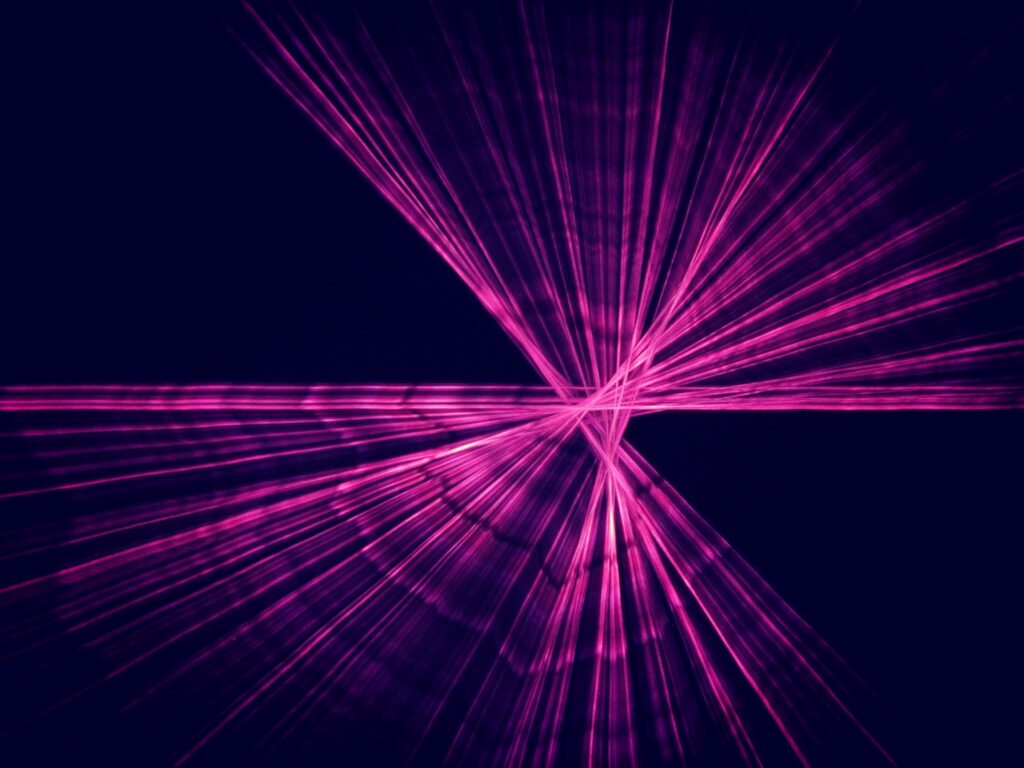Researchers from the University of Central Florida have developed a new class of laser beam that doesn’t follow the normal laws of refraction and normal light travel.
This beam which is known as Spacetime Wave Packets follows different rules when they refract. Normally, when light slows down when it passes into denser medium whereas spacetime wave packets can be arranged in a way that it won’t change speed, or even anomalously speed up in denser materials.
This new technology could have huge implications for optical communication and laser technologies.
“This new class of laser beams has unique properties that are not shared by common laser beams,” says Ayman Abouraddy, a professor in UCF’s College of Optics and Photonics and the study’s principal investigator.
“Think about how a spoon inside a water-filled glass looks broken at the point where the water and air meet,” Abouraddy says. “The speed of light in air is different from the speed of light in water. And so, the light rays wind up bending after they cross the surface between air to water, and so apparently the spoon looks bent. This is a well-known phenomenon described by Snell’s Law.”
Though these beams follow Snell’s law, the change in the velocity is no more applicable for these spacetime wave packets. This is counter to Fermat’s Principle that says light always travels such that it takes the shortest path .
This laser beam can pass through any medium irrespective of its properties and travel as if the medium wasn’t there i.e without changing velocity.
For communication, this means the speed of a message traveling in these packets is no longer affected by traveling through different materials of different densities which can be really helpful in a lot of scenarios.
Abouraddy’s team created this new class of laser beam by using a device called a spatial light modulator to reorganize the energy of a pulse of light so that its properties in space and time are no longer separate. This allows them to control the “group velocity” of the pulse of light, which is roughly the speed at which the peak of the pulse travels.
Journal Reference:
Basanta Bhaduri et al, Anomalous refraction of optical spacetime wave packets, Nature Photonics (2020). DOI: 10.1038/s41566-020-0645-6

